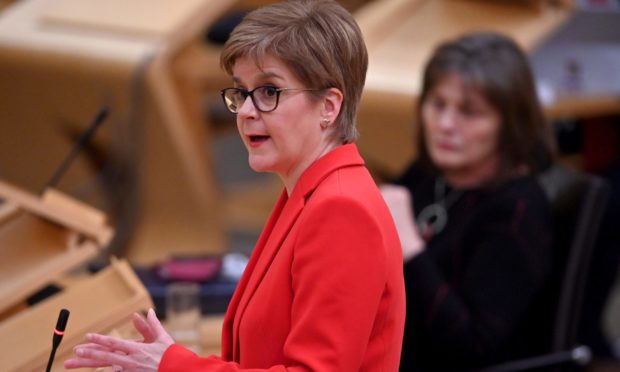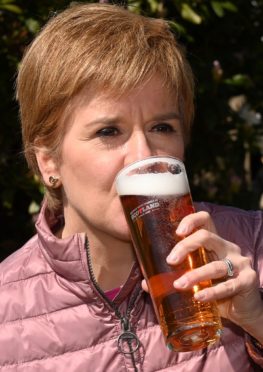Most areas of north and north-east are currently on-track for a move to Level 1 of the coronavirus exit roadmap.
Current plans for the easing of coronavirus lockdown rules in Scotland suggest most of the country would move to Level 1 from June 7.
But the latest data made available by Public Health Scotland shows that some areas are not currently meeting the conditions required for a move to Level 1.
However, large proportions of the north, north-east, Highlands and islands fall within Government expectations – allowing them to continue moving down the Levels.
Under the framework set out by the government, a move to Level 1 requires a case rate per 100,000 of less than 20, and a two-week test positivity average of less than two per cent.
Local case rates
The most recent data shows that all four local authority areas are now within the case rate threshold of 20 cases per 100,000 people.
Aberdeen is closest to meeting the threshold, with the case rate per 100,000 in the seven days leading up to May 23 at 12.68.
That is slightly more than that of Moray, which up until recently was still consigned to Level 3, as a result of growing case numbers.
Now in Level 2 of restrictions, the region had a case rate of 12.52, while the Highlands had a figure of 6.78 per 100,000.
Both the Shetland and Orkney Islands however led the Scottish table with zero new cases and a recorded case rate of zero.
Further south however, Dundee City recorded a case rate of 42.2 which places the region over the threshold required to move into Level 1.
Explaining the plans for June, the Scottish Government said the plan was for most of Scotland to move to Level 1 from June 7.
From June 28, restrictions would then be eased further to Level 0.
But the Scottish Government website adds this would only happen if the data remain supportive.
New infections doubling in last two weeks
First Minister Nicola Sturgeon said on Tuesday that cases of the virus across Scotland were on the rise, with numbers doubling in the past 16 days.
But Ms Sturgeon told Scots that cases were rising from a “very low level”, adding that there was likely a number of reasons for the rise.
As well as an increase in testing, the first minister said: “Some of the increase in case numbers being recorded just now will be due to the easing of restrictions over the past month.”
She added that “another important factor” was the latest variant of Covid-19.
Ms Sturgeon is due to update Scots next week ahead of any change in the levels system and will confirm whether the latest data supports any further easing of the rules.
Normally the first minister reveals any changes on a Tuesday before the new rules come into force the following week.
Vaccine ‘changes response’ to rising cases
Scots were also told how the vaccine had changed the way the government would respond to any rise in cases.
Ms Sturgeon said: “Increasingly we are monitoring whether and to what extent vaccination might be breaking that link between rising case numbers and significantly rising cases of serious illness and death.
“And if that does prove to be the case, as we hope it will, we hope our response to this virus can evolve as well.”
She said this “might mean we don’t have to react quite so aggressively with tough restrictions in the face of rising case numbers”.

